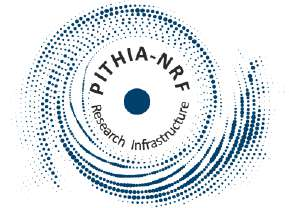May 12, 2020 - The 3 telescopes of the Extreme Ultraviolet Imager (EUI) onboard Solar Orbiter opened their doors to capture images of the Sun.
May 12, 2025 - Almost 1 million images of the Sun have been made and put in the EUI data treasure chest to be used for groundbreaking research.
5 years ago, on May 12 2020, the Extreme Ultraviolet Imager (EUI) took its very first images of the solar atmosphere. Since then almost a million images have been taken. EUI saw the solar atmosphere at the highest resolution ever and with the biggest field of view ever. EUI observed the smallest flares and jets ever seen, but also the biggest eruption ever. EUI showed the fastest loop oscillations and the fastest time evolution in flares. This was possible because our observing techniques could be tuned to see the finest spatial details at a fast image capturing speed.
At the Royal Observatory of Belgium, David Berghmans, principal investigator of EUI says “Before the launch, we thought we would take a few ten thousand images with each of the three telescopes during the mission lifetime. Now, we have already reached almost one million images! This was possible because the ESA-ground stations were being upgraded and we opted for an extra non-stop program of imaging the full disk of the sun. Another crucial step was to use very short exposure times when capturing solar flares. The built-in flexibility of how the instrument is operated, and in particular the data compression, allows the team to rethink and improve continuously. ”
If you want to get a glimpse of the exciting science that was performed with this wealth of data, you can explore the EUI news items here.
After all this excitement in the past 5 years, EUI is now ready for the next phase on this journey: to leave the ecliptic plane to image the solar poles like no-one has seen them before!
Below the first 4 images taken by EUI’s 3 telescopes: the full solar disk images at 17.4 nm (yellow) and 30.4 nm (red) have been taken with the Full Sun imager (FSI). The grey inset was taken with the High Resolution Imager in the EUV (HRIEUV). The pink inset was taken with the High Resolution Imager in Lyman alpha (HRILYA).







